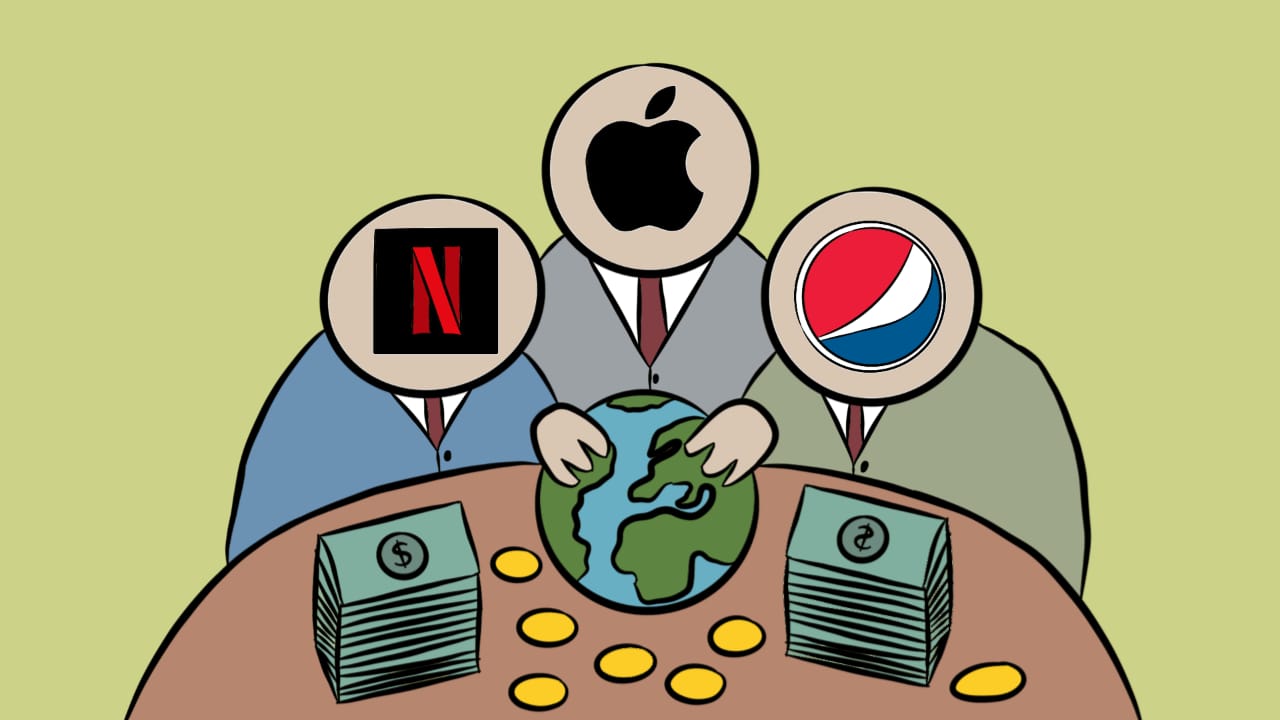
An oligopoly is a form of market in which there are few big firms and a large number of buyers of a commodity. Each firm possesses a significant share of the market. The price and output decision of one firm significantly impacts the price and output decision of a rival firm in the market. Accordingly, there is a high degree of interdependence among the competition firms: the price and output policy of one firm depends upon the price and output policy of other competing firms. This type of competition where there is a high degree of interdependence is called cut-throat competition.
For example, there are only a few car producers in the Indian auto market. Toyota, Maruti Suzuki, Honda, Audi and BMW are some examples of well-known car brands. Each one is capturing a significant share of the auto market.
What are the main features of an oligopoly?
Small number of big firms- This market structure has a few big sellers and large numbers of buyers of a commodity. Each firm present in the market has a significant share. For example, OTT platforms in India are an oligopoly with companies like Netflix, Amazon Prime and Disney+ Hotstar.
Interdependence- There is a high degree of interdependence. The firm takes decisions according to the rival firm. The mobile network industry in India, for example, is an oligopoly. The price and output decision of Jio may significantly impact the price and output decision of other networks like Vi (Vodafone Idea) and Airtel. In recent times, the tariffs of these firms have increased based on each other.
Cartels- Oligopolies also have a formation of cartels to avoid price competition, where competing firms can form a group and gain more market share to beat other market entrants. For example, Vodafone and Idea became Vi to compete against Jio and Airtel.
Non-Price competition- Under the oligopoly market structure, firms tend to avoid price competition and instead, focus on non-price competition. This can even build brand loyalty which helps in higher market control. For instance, in India, Coca-Cola and Pepsi sell their products at the same price. But in order to increase its share of the market, each firm adopts the policy of aggressive non-price competition by, for example, sponsoring different sports leagues. They, also, offer other lucrative offers if their product is patronized.
Market entry and exit- Entry barriers exist majorly due to high capital. There are some exceptions, however, like Jio entering the industry of mobile networks and causing a disruption in the market.
In conclusion, entering into an oligopoly market is restricted and in order to capture a higher market share, the firm tends to collaborate and form cartels. This restricts them from getting into a price war. In this form of market, the interdependency is high due to which the price and output of a firm rely on the competing firm in the market.
